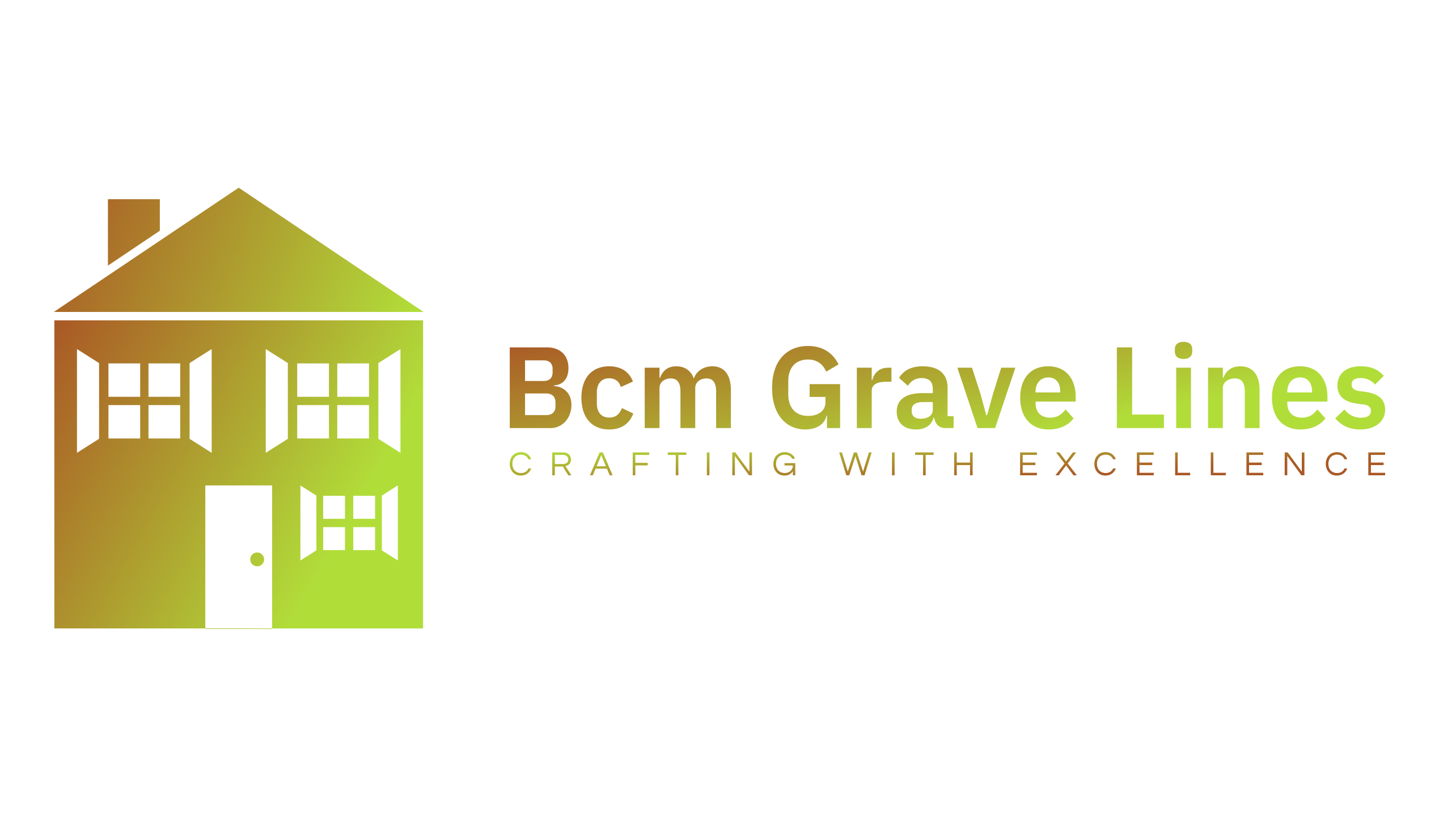How To Read a Property Description
4 min read
Periodically a property owner who is just looking for information will call or write me asking a question about how to survey (or map out) their own property. A common question that comes up many times is: “How do I get my property records?” The second question asked, usually after they have their description in hand is, “How do I read this?”
People ask these questions for many reasons. Some desire to fence or post their land, others because of pride of ownership, the desire for knowledge, or sometimes to protect themselves from the threat of encroachment. The information in this article won’t make you an overnight expert, and you will want a certified surveyor for any legal issues you may be facing, but this will help you understand your property better.
When reading your property description, you are reading about the imaginary lines that establish the “demarcation” (boundary) between your property and your neighbors, usually referred to as the “adjoiner.” An adjoiner may be another privately held owner or a governmental agency having a title interest such as the street in front of your property.
You will see property description in many formats. The most common are Lots, Metes, or Bounds. In some cases, the description may be a combination of the above three.
Briefly, when a larger parcel of land is divided into two or more parcels, it is called subdividing. The owner is subdividing the property into Lots. The description of each lot is usually created through a government platting procedure. This creates a process called “simultaneous conveyance” because all parcels (lots), at the time of county recording, share equal title rights.
For example a property may be described as follows:
Lot 1, SMITH SUBDIVISION, City of Wheat Ridge, Colorado.
On the other hand, a Metes description is written “in sequence,”with the lines forming the perimeter of the property, whereas a Bounds description describes the limits of the property by calling for the “adjoiner” description. Examples of an adjoiner would be – “Bounded on the west by County Road 119, on the east by Jones property,” or perhaps a natural boundary such as “the Platte River.” These two types of descriptions are considered “sequence conveyances”, in which junior and senior titles exist between adjoining lands.
In order to read your property description in the case of the Lot Description format, you would need a copy of the “Recorded“plat. If you don’t have one, you can purchase a copy at your county seat. Look for the “Clerk & Recorder’s Office“. Most subdivision plats will provide you the necessary geometry as shown next to the lines of your lot. Modern day plats require that the direction and length of the lines comprising your lot perimeter need to be on the plat map, but for some plat maps, you may not find this. If available, however, the units of measure typically are bearings and distances for each of the property lines. The bearing will signify the direction. The distance (length of the line) is generally written in units of feet, and is horizontal values. The deed for your property will identify the particular lot nomenclature, and the plat map will demonstrate the geometrical size, shape, and location along with the bearings and distances that uniquely identify your lot.
Let’s simplify the reading for you. Think of a compass. The heading of the arrow provides the direction with the numbers at the end of the arrow providing the amount of deviation from north. Bearings are purposely placed in four quadrants of the circle. The bearings on your lot will most always start with the letter N or S, signifying North or South, having numbers in between, and end with the letters E or W, signifying East or West. For example, a bearing of N 44 E means to travel along that line in the northeast quadrant of your compass on a heading of 44 degrees east of north. N 45 W means 45 degrees west of north. The beauty of a lot description is that all lines are simultaneously created.
In order to read a Metes Description, such as the example below it is important to know that the sequence cannot be read out of order. If there are bearings and distances given, then they must be read in the order as printed. Sometimes the description will start with “Beginning at.. .” That is your starting point.
For example, you may see your description as: Beginning at a point 247 feet due east of Jacobs Fork; thence N 51 W, 210 feet; thence N 44 E, 204 feet to a Pine; thence S 48 E, 210 feet to a cement post; thence S 43 W, 204 feet to the point of beginning, containing 0.98 acres, more or less.
There may be other forms of providing the direction (bearing) of the property, such as utilizing angles departing from the previous property line. They may be recited as interior, exterior, right, left, prolongation (continuation), and many others.
In order to read a Bounds Description, the order of the lines being described is usually not of importance. If you are bounded on the north by a river, on the east by Highway 1, on the south by Jones, and on the west by Smith, the order as presented makes no difference. This type of description is usually the most costly and time consuming to define, because in order to conduct a survey properly, you, or the surveyor must research all the other adjoining properties in the bounds description.
Again, the information in this article is not to make you an expert, and before you layout the expense to put down that shed slab, or that first post hole, we highly recommend you have the property surveyed by certified professionals. However, with a little understanding, time and a decent compass, most everyone can understand the general layout of their property.






